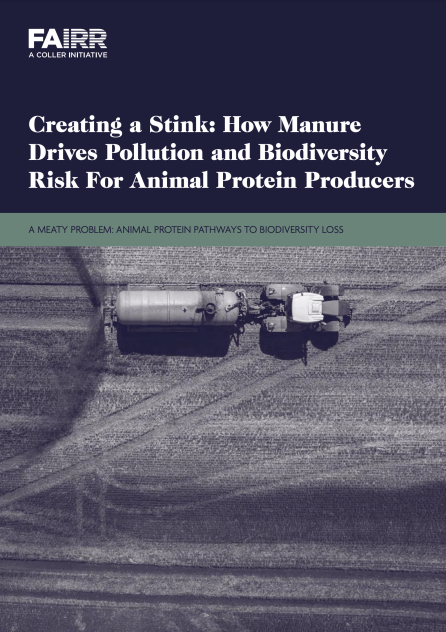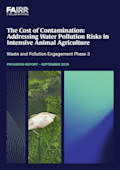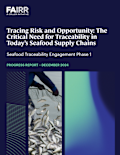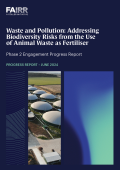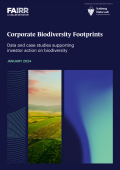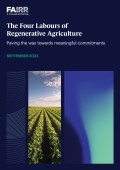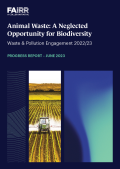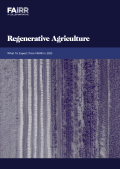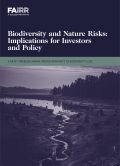Report Overview
The variability of life on Earth is encompassed in the concept of biodiversity. Without biodiversity – or biological diversity – life and economic activities as we know them simply could not exist.
This is because biodiversity underpins nature’s capacity to provide the ecosystem services on which humans, other species, societies and economies rely. These services can be divided into four broad categories: provisioning services (e.g. food, fruits, vegetables), regulating services (e.g. pollination, water purification, flood control, climate regulation), cultural services (e.g. non-material benefits that contribute to the cultural advancement of society) and supporting services (e.g. photosynthesis, nutrient cycling, creation of new soils).
In 2019 a major study by the Intergovernmental Science-Policy Platform on Biodiversity and Ecosystem Services warned of “unprecedented” biodiversity loss, with a million species facing the threat of extinction and ecosystems “deteriorating more rapidly than ever”¹. Animal agriculture – especially in its intensive, industrialised form – is a major contributor to this unfolding catastrophe.
FAIRR’s Animal Protein Pathways to Biodiversity Loss series explores protein producers’ role in exacerbating the biodiversity crisis – and their potential role in mitigating it. The series comprises a dedicated policy briefing and three related papers:
Biodiversity and Nature Risks: Implications for Investors and Policy
Waste and Pollution
Land and Resource Management
Land Use Change
There are two fundamental dimensions to assessing biodiversity risk within individual companies and portfolios: first, locating and quantifying the exposure from a top-down perspective, and second, understanding the drivers of biodiversity loss so that they can be measured and addressed. Protein Producers and Pathways to Biodiversity Loss aims to assist investors and other stakeholders with the latter by shedding light on harmful practices; the risks that are emerging as a result; what is being done to tackle the issues; and, crucially, what could and should be done, and whether opportunities may arise from taking action.
While this work aims to meaningfully contribute to the existing large-scale, top-down initiative such as the Task Force for Nature Related Financial Disclosure (TNFD), these papers will also guide FAIRR’s engagement with companies. The goal is to help facilitate the shift toward sustainable strategies which reduce environmental and social harm, preserve cashflows and reinforce opportunities both for the industry and investors.
Report Highlights
The findings of this report can help investors:
Where animal waste and pollution stands within FAIRR’s biodiversity and nature workstream
The root causes of why animal waste causes biodiversity loss
The scale of the impacts to biodiversity but also to climate and local communities’ health
A discussion of the economics of manure as a fertilizer and the current lack of incentives
An assessment of the financial materiality of this driver of biodiversity loss, and an assessment of exposed meat processors
A discussion of circular solutions and how they could help recreate value to animal waste based fertilisers that was largely lost as a result of industrial livestock farming

